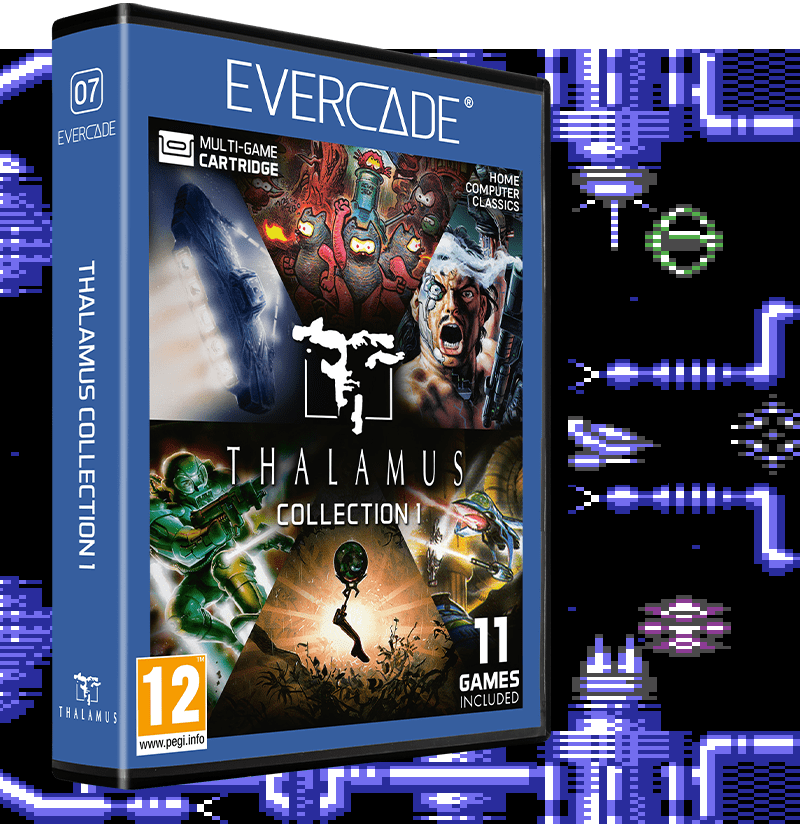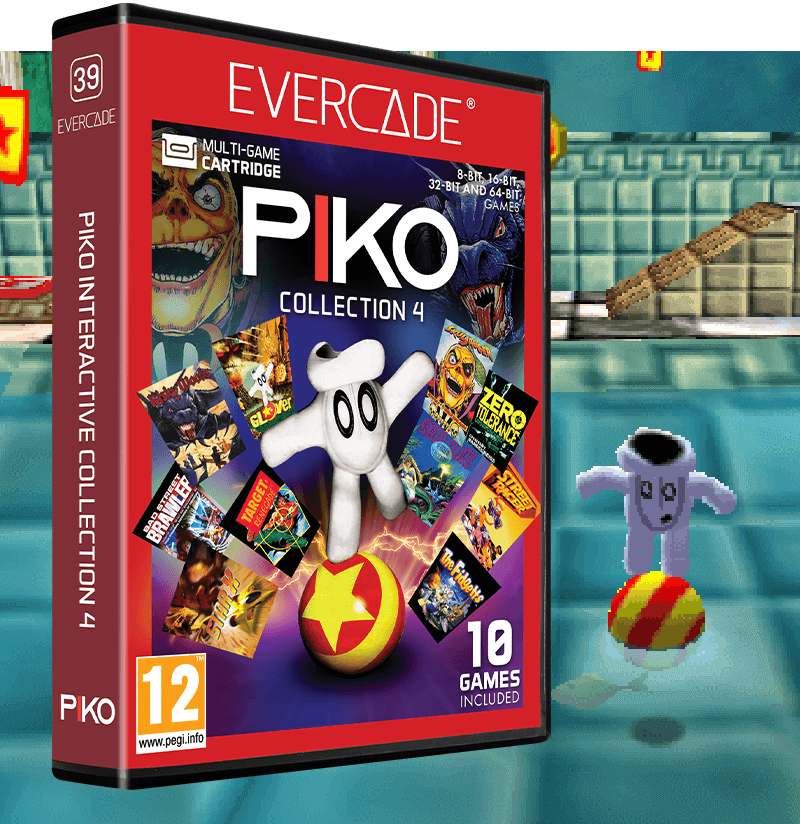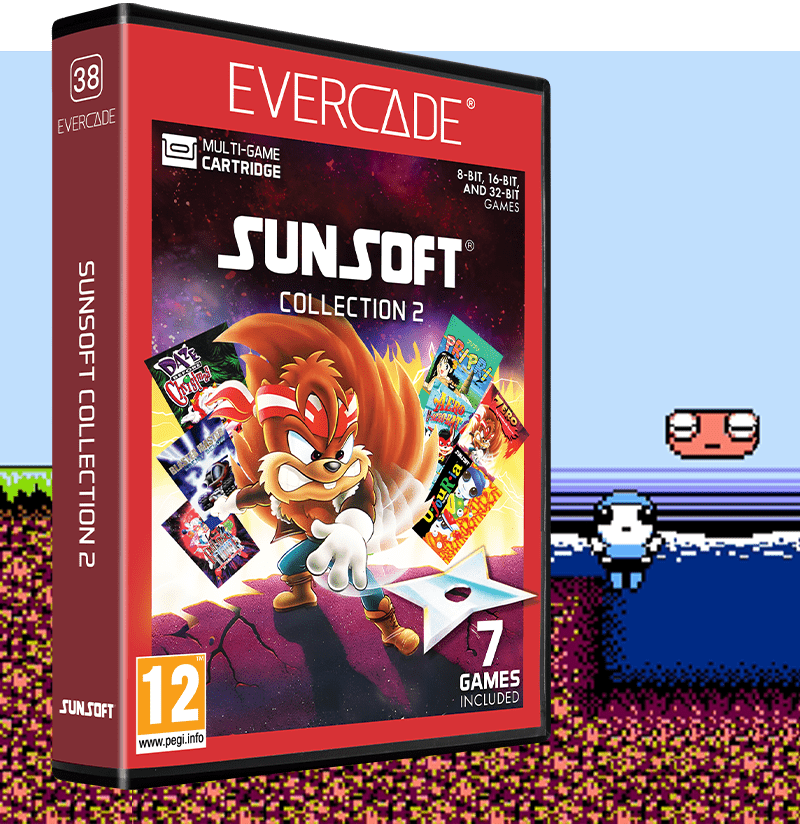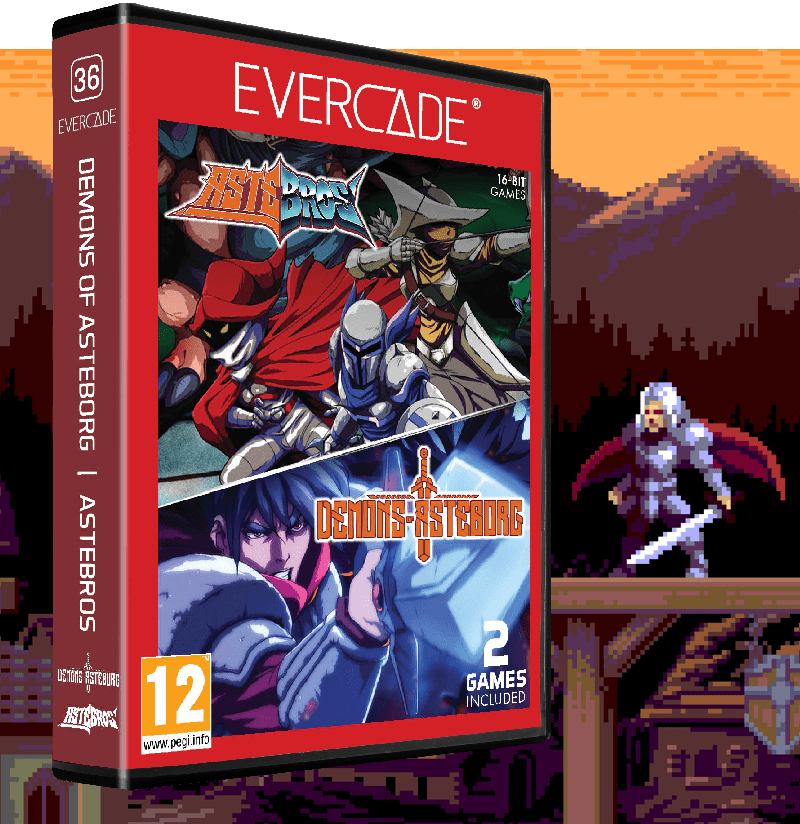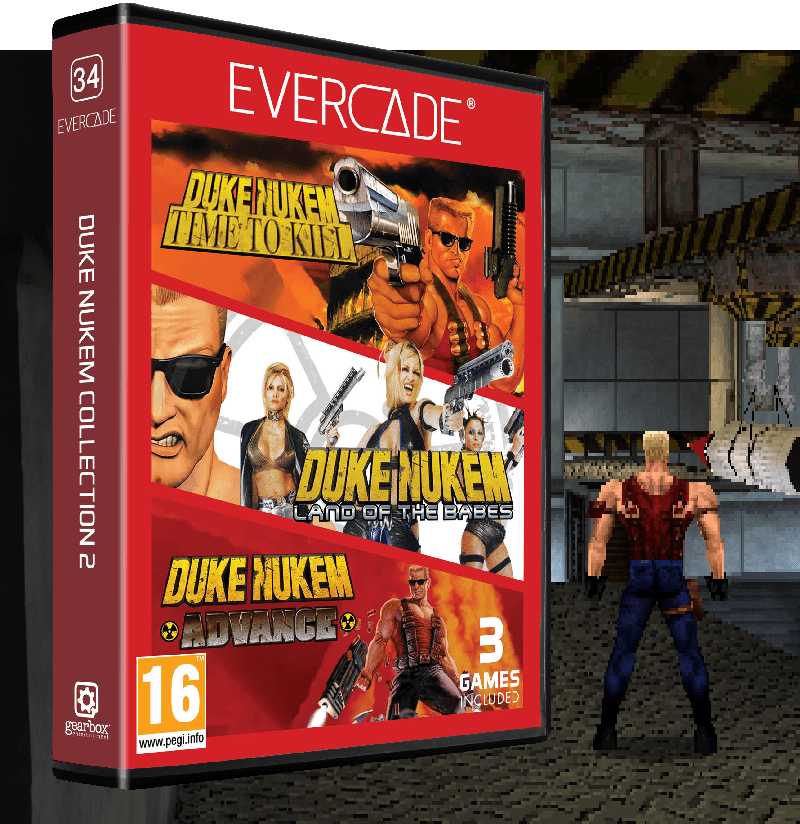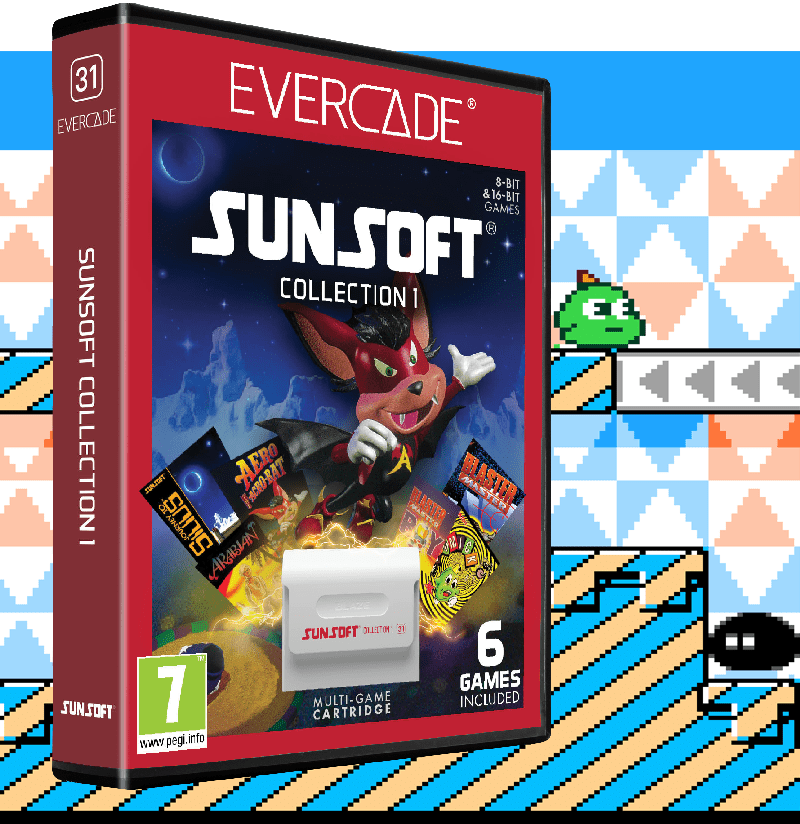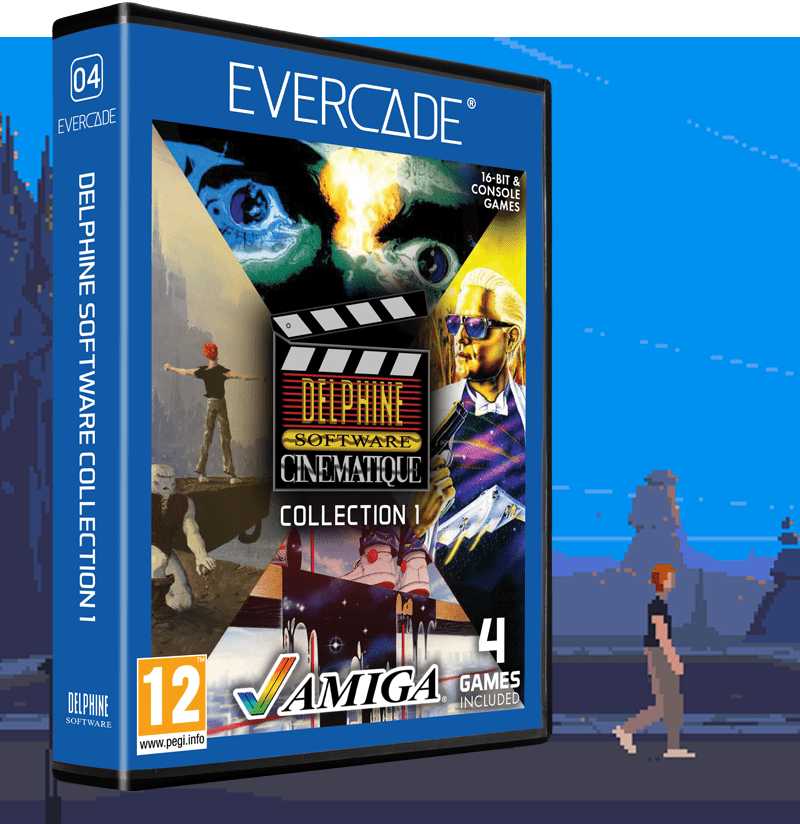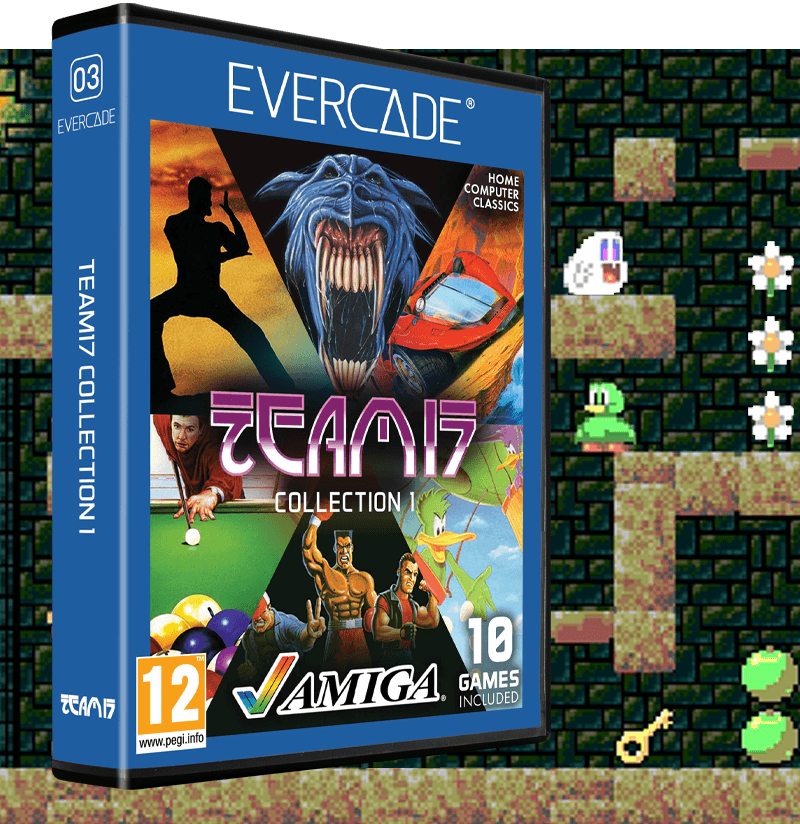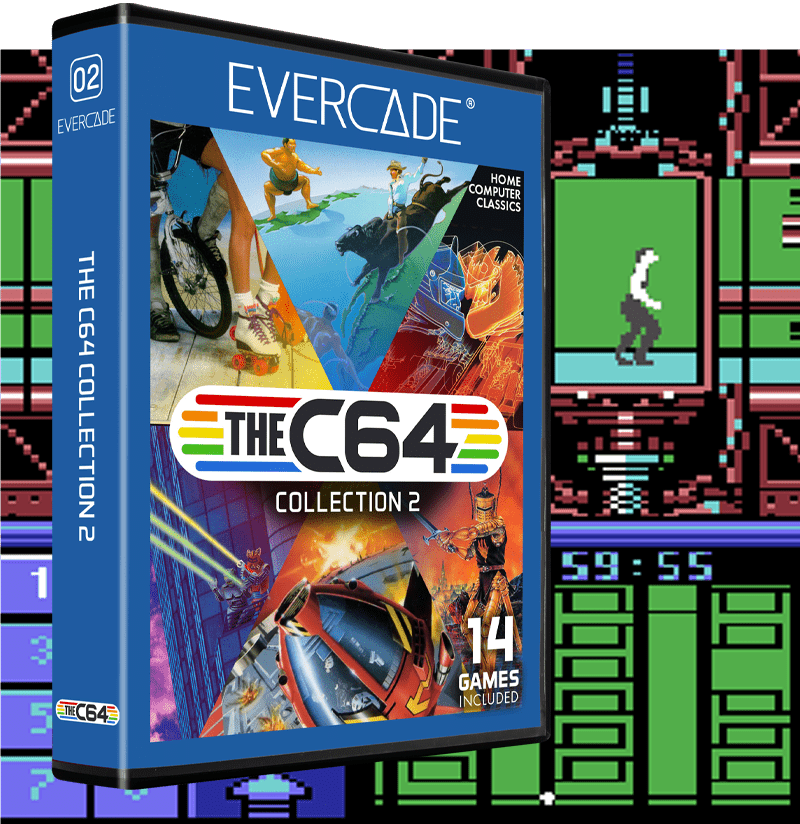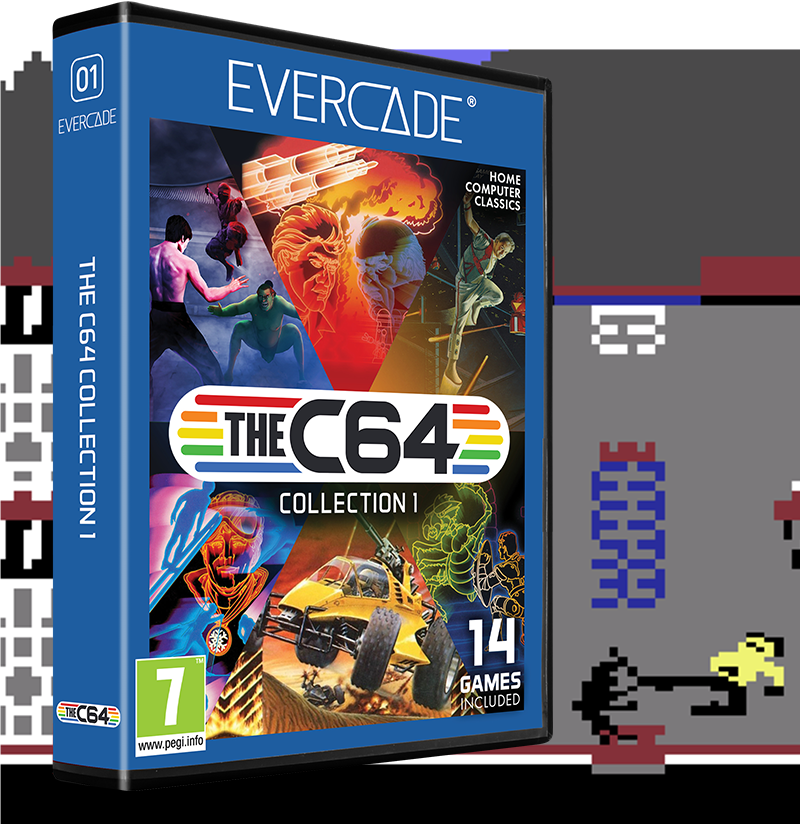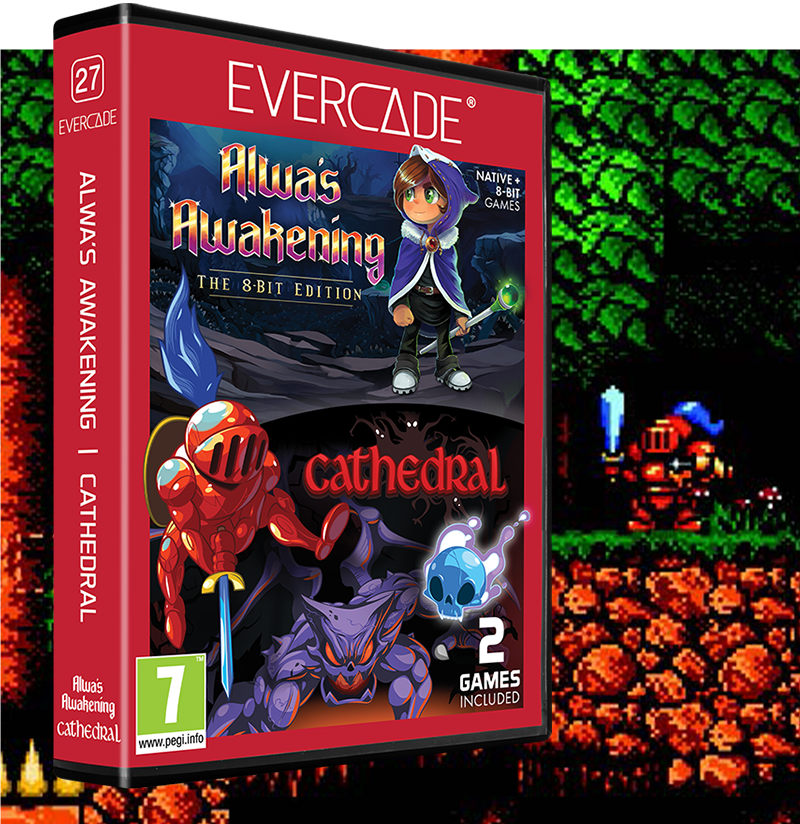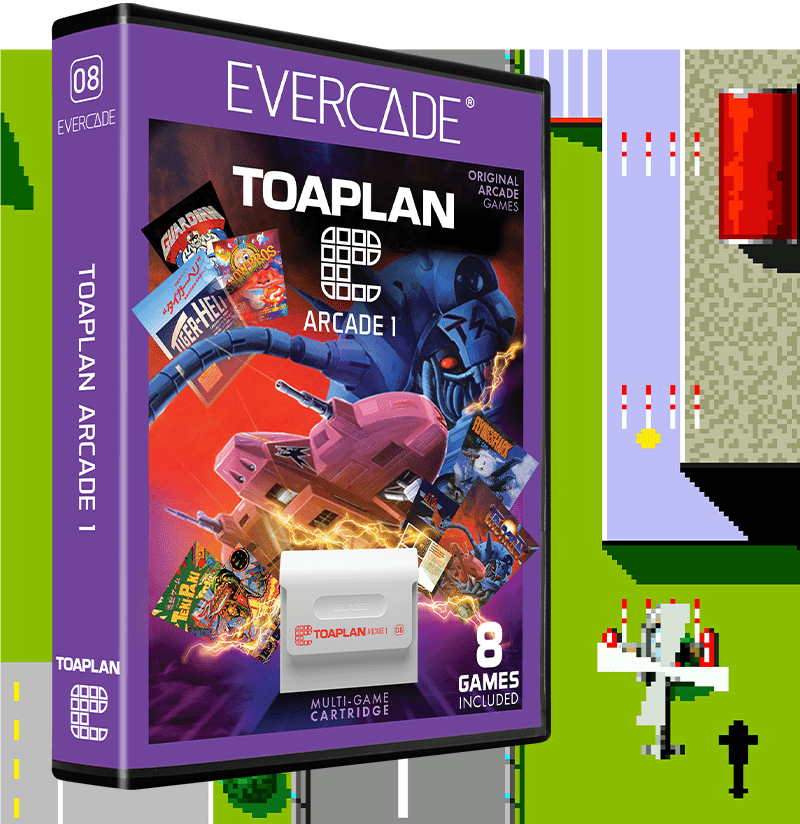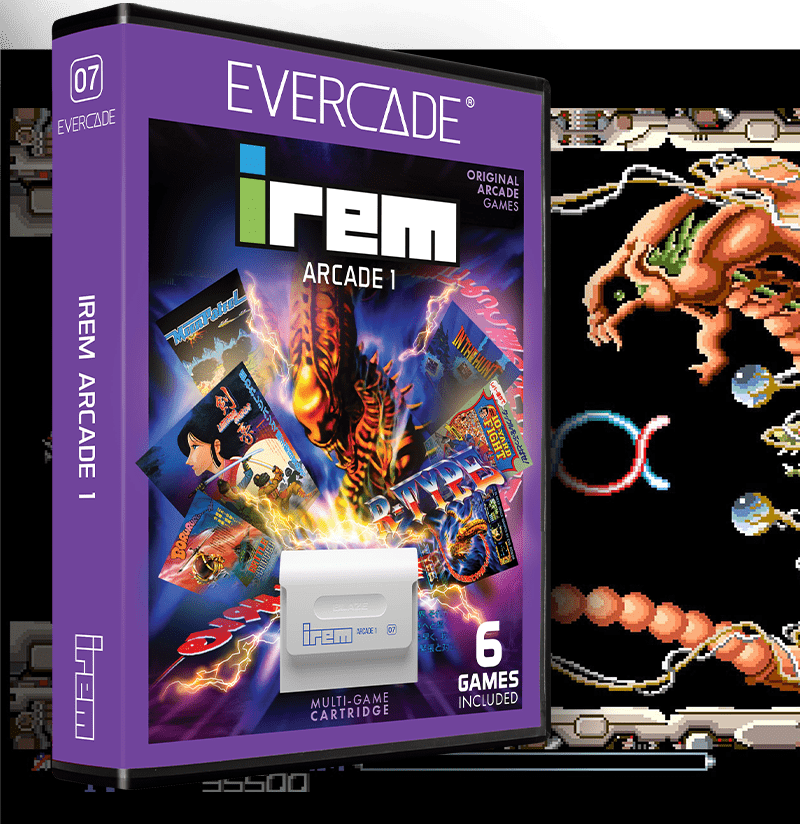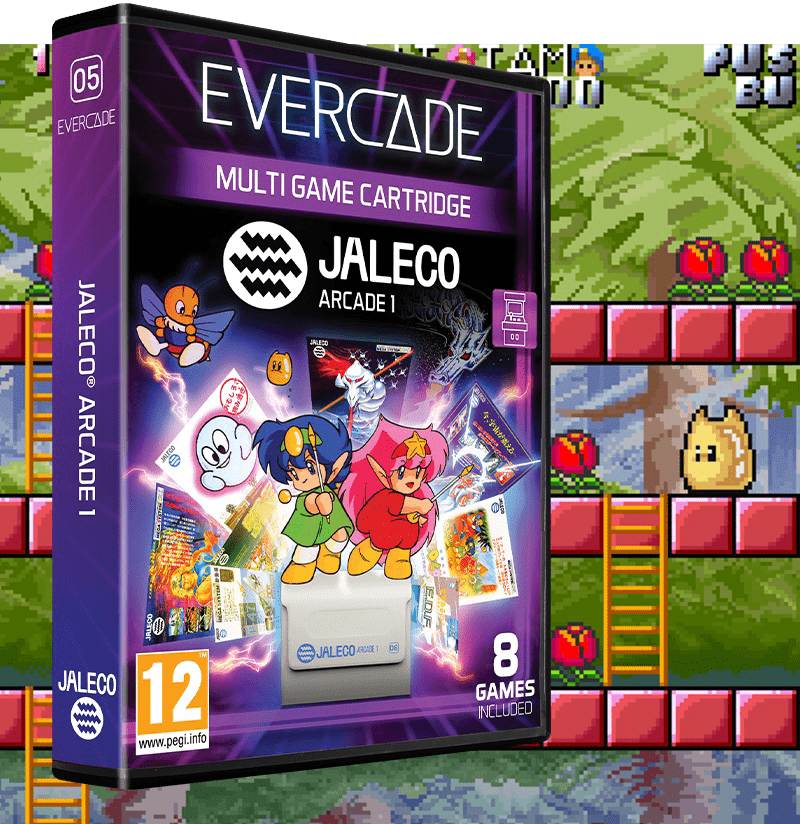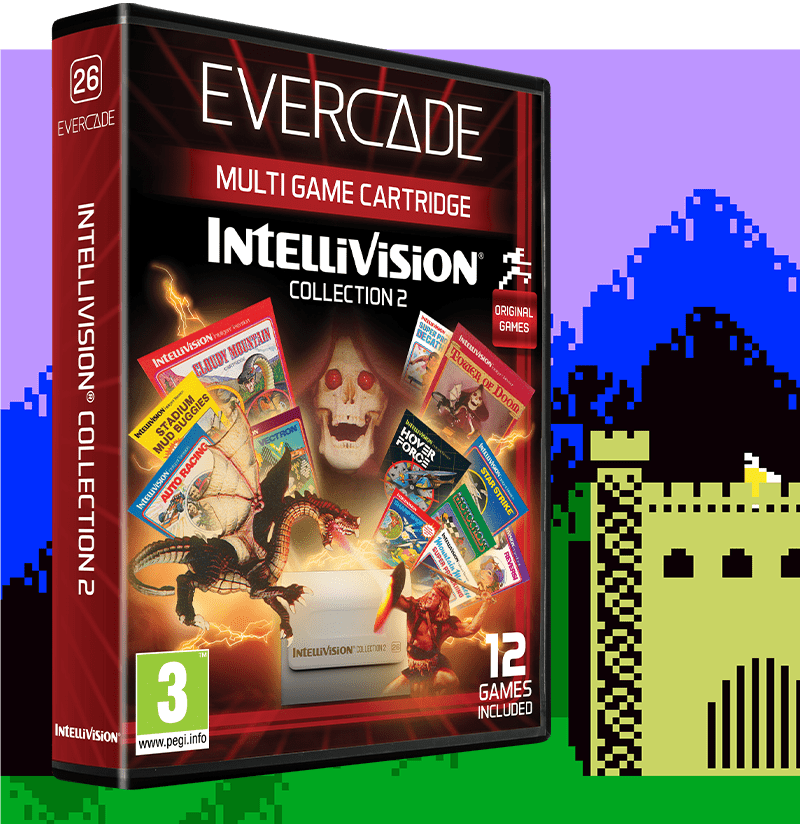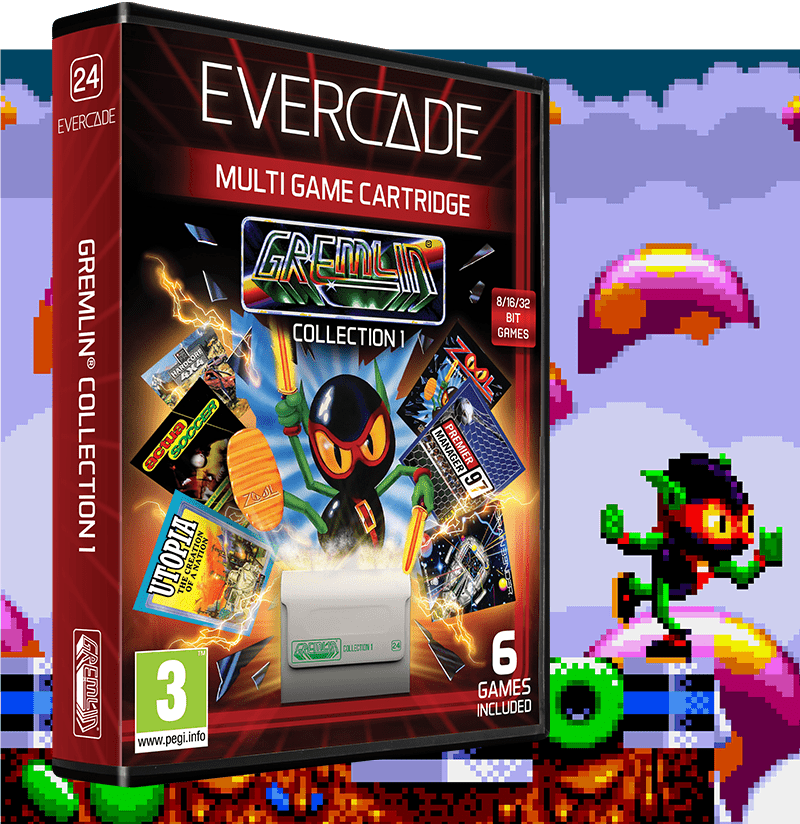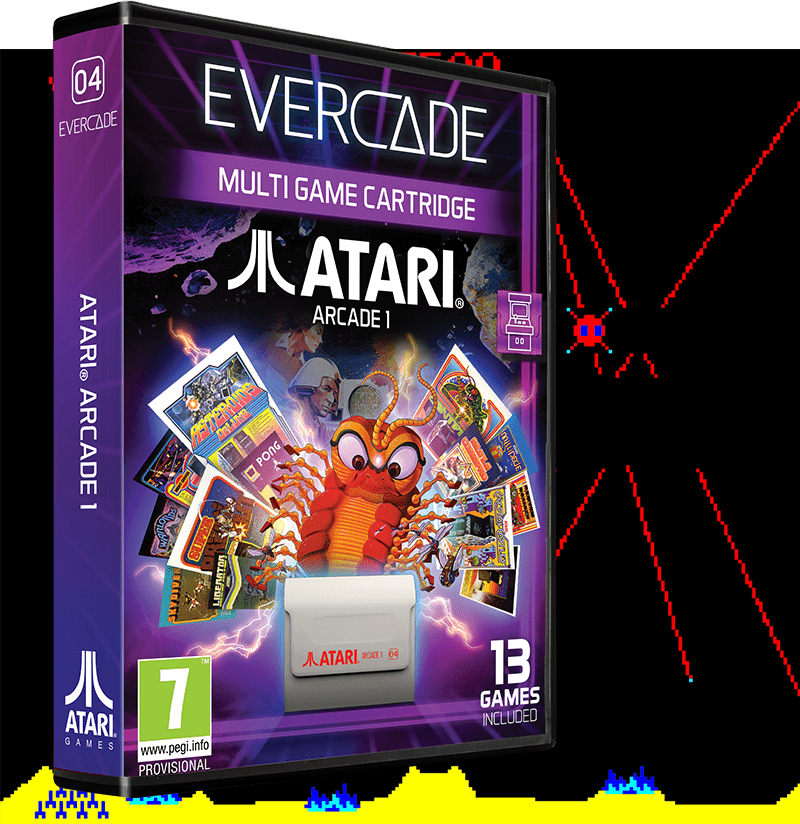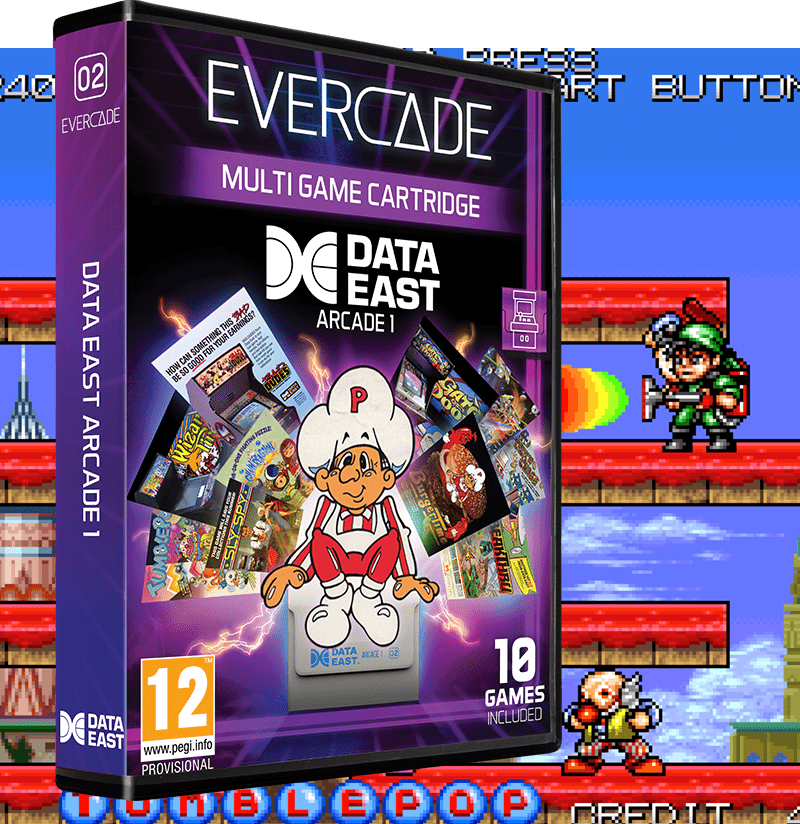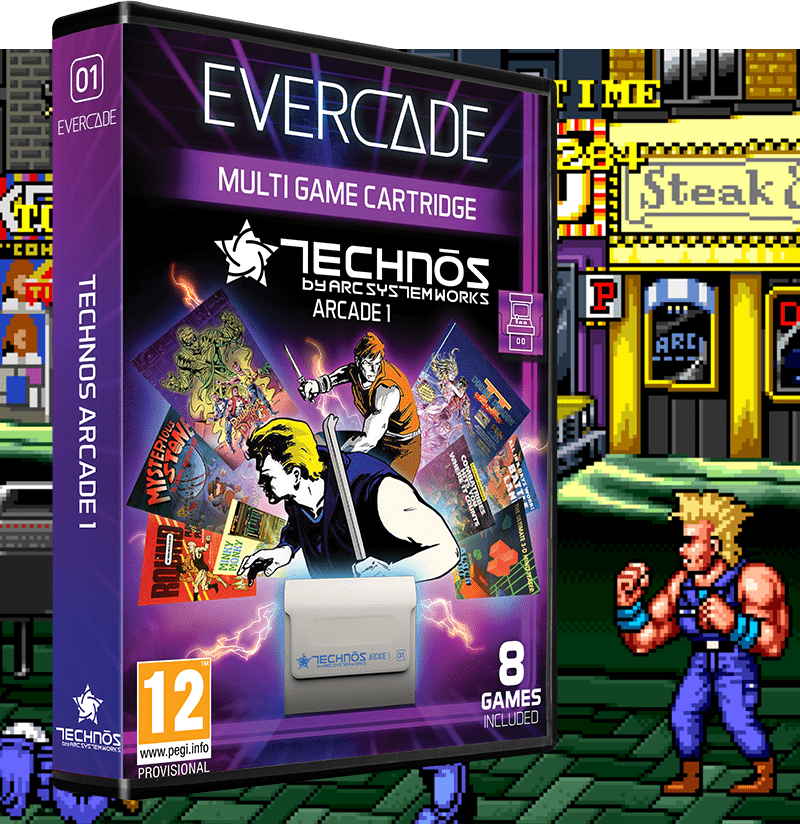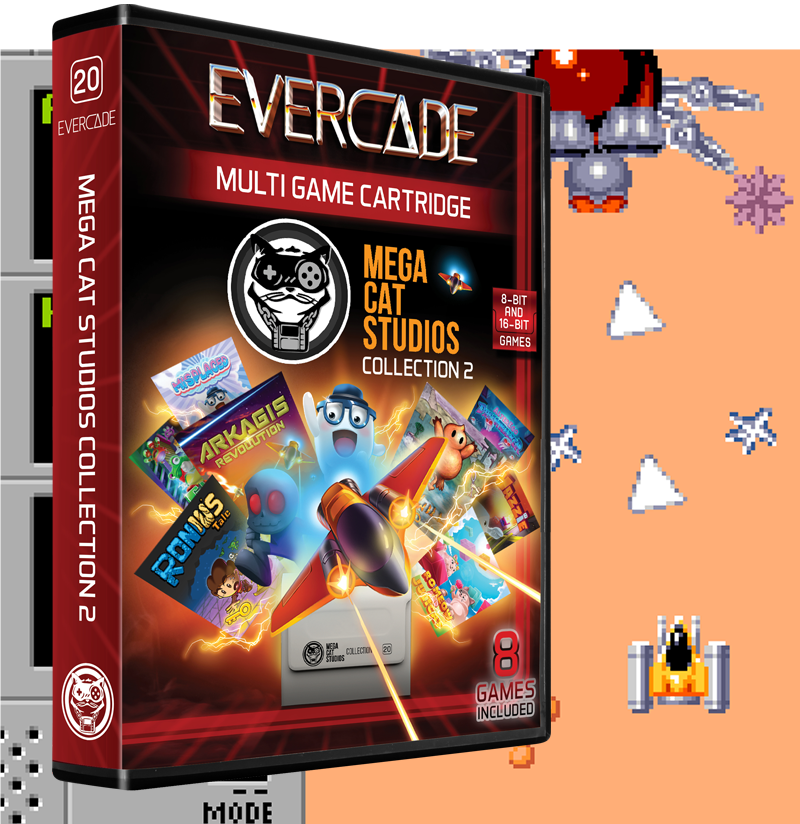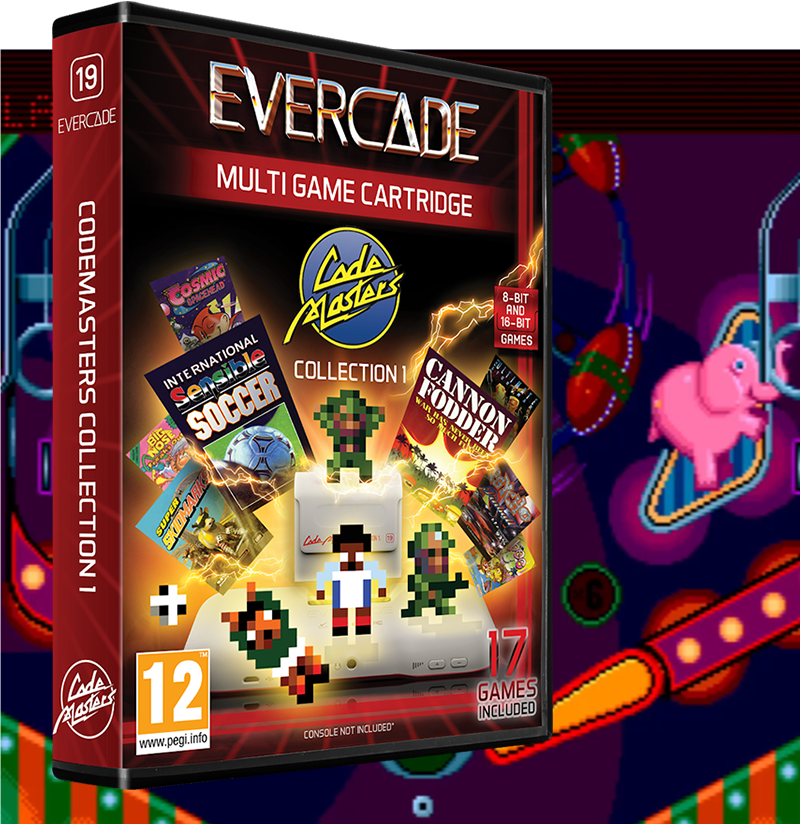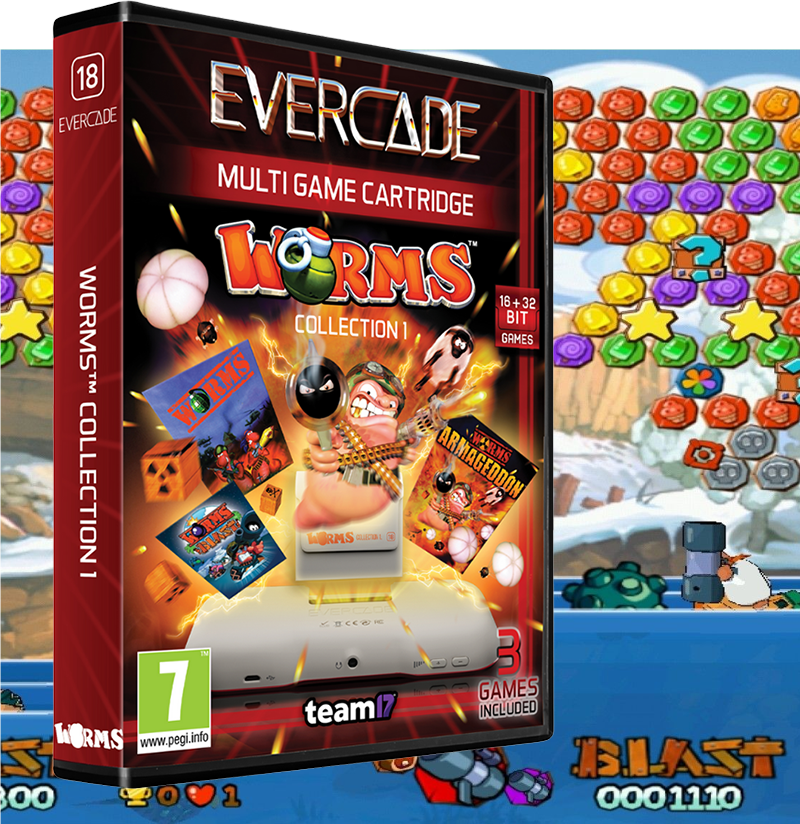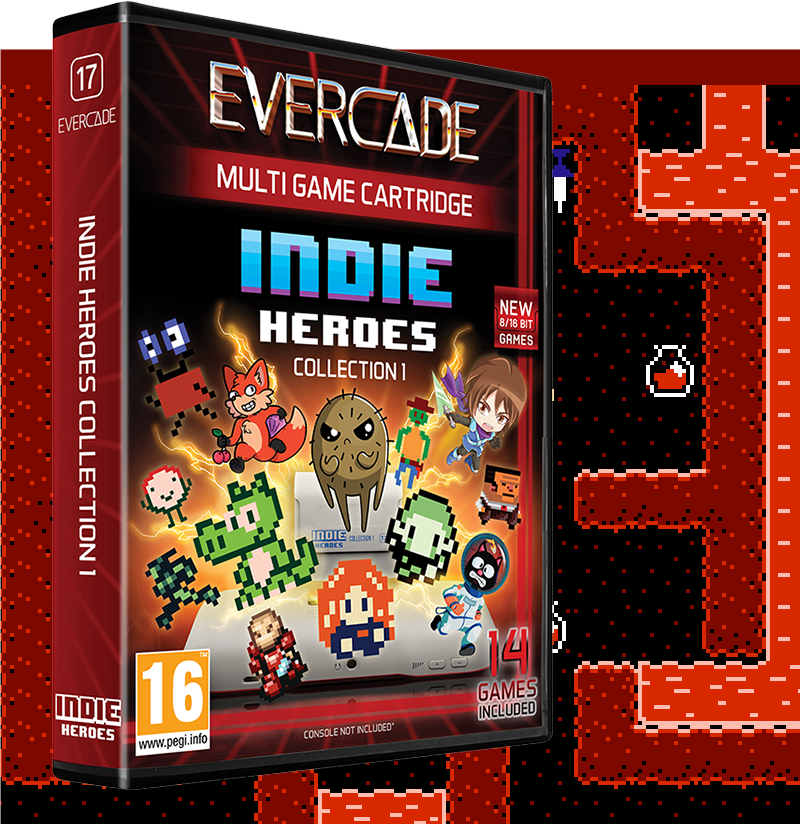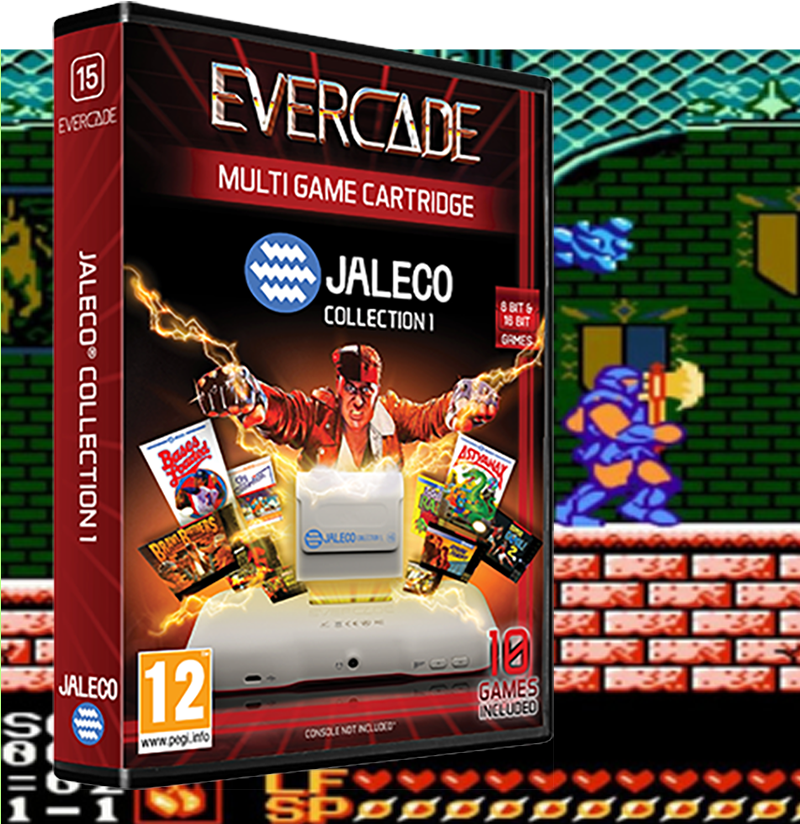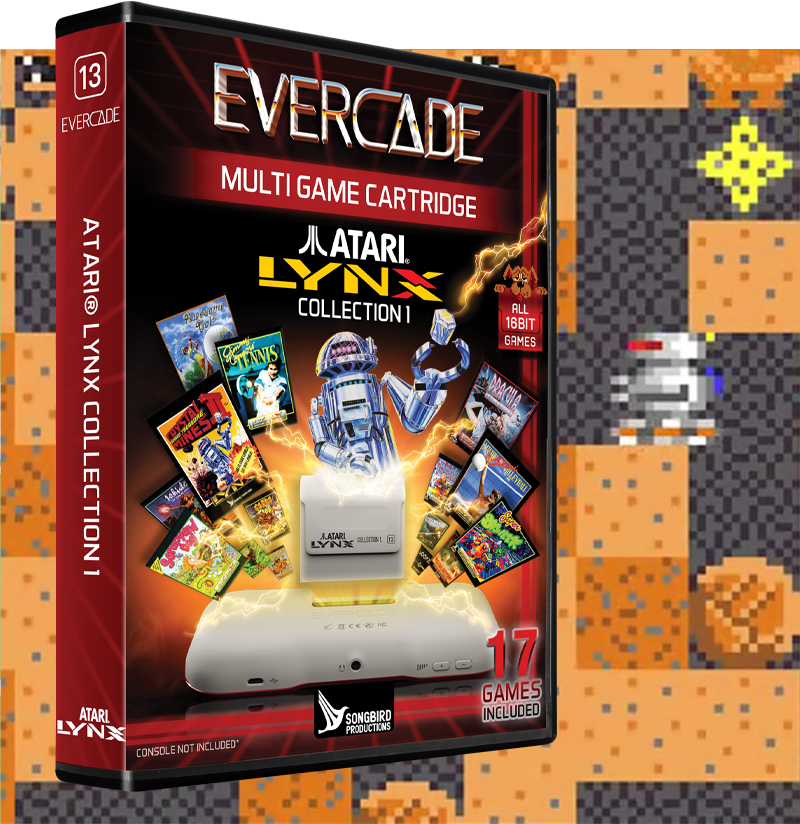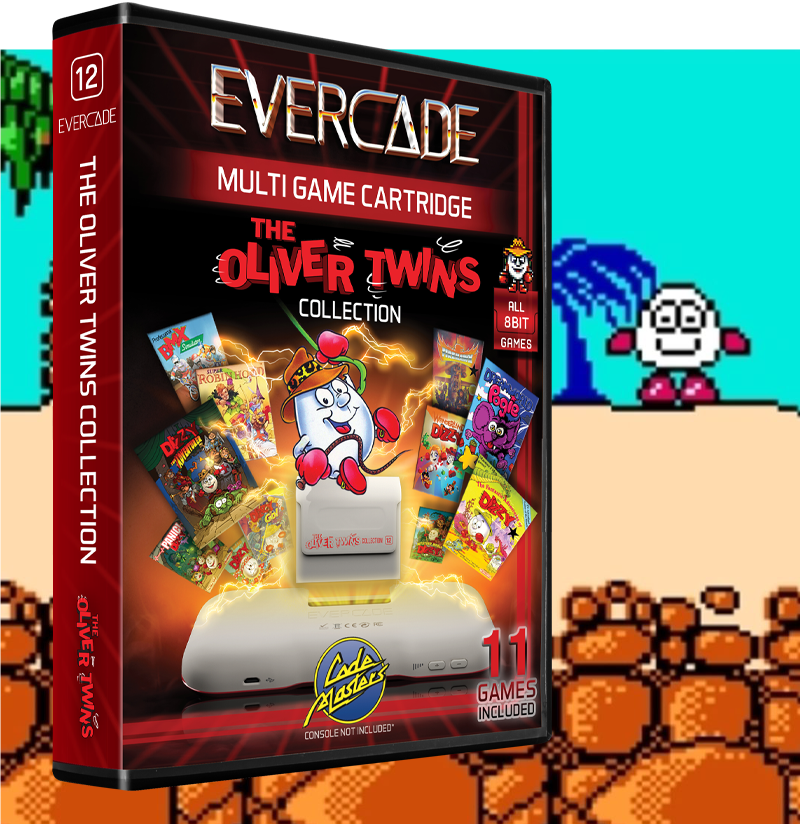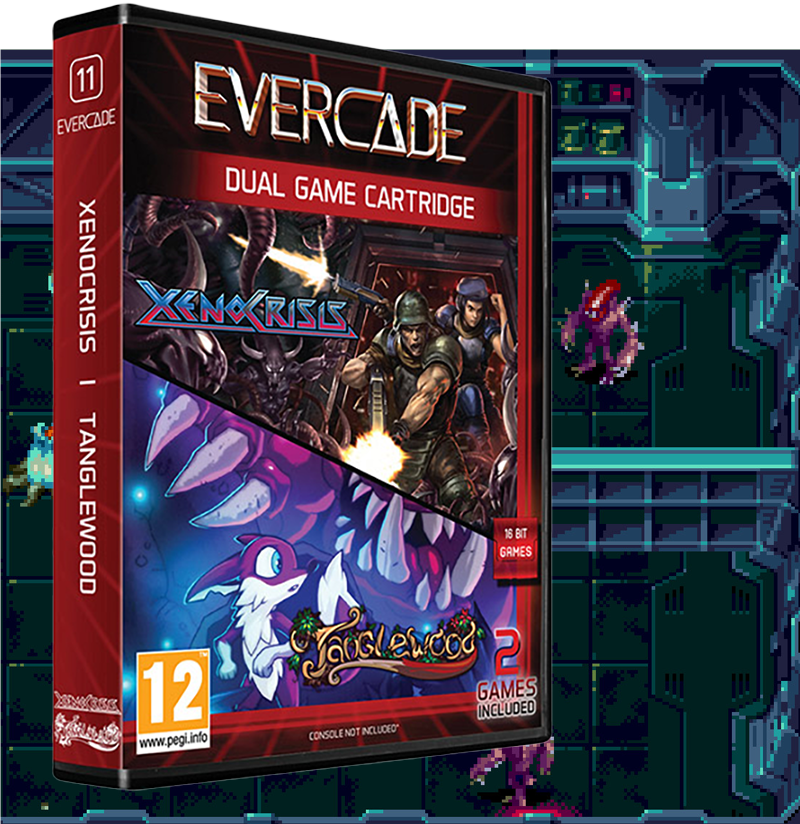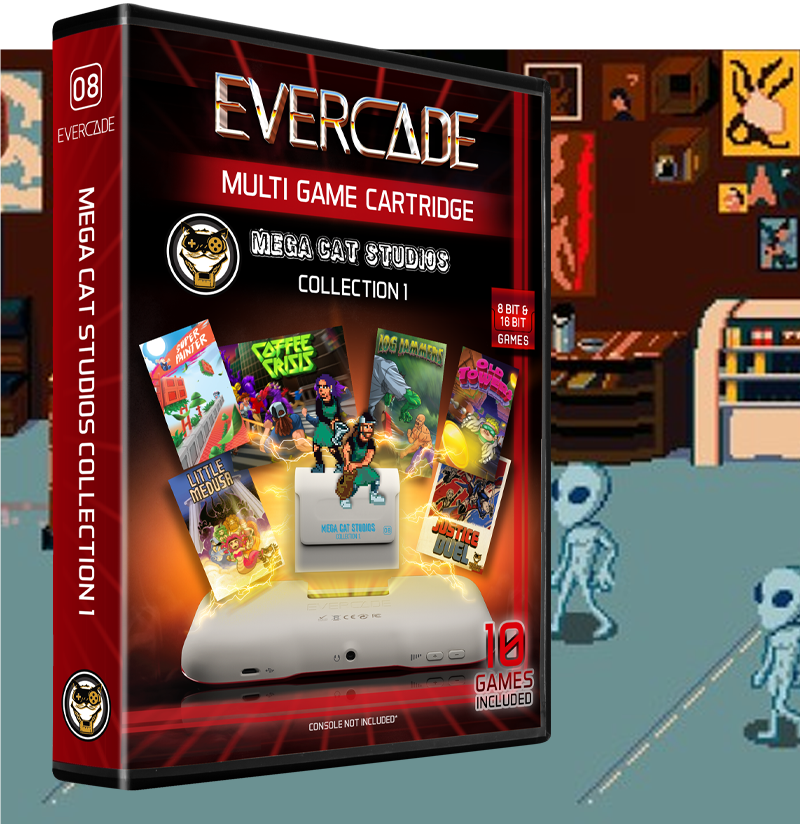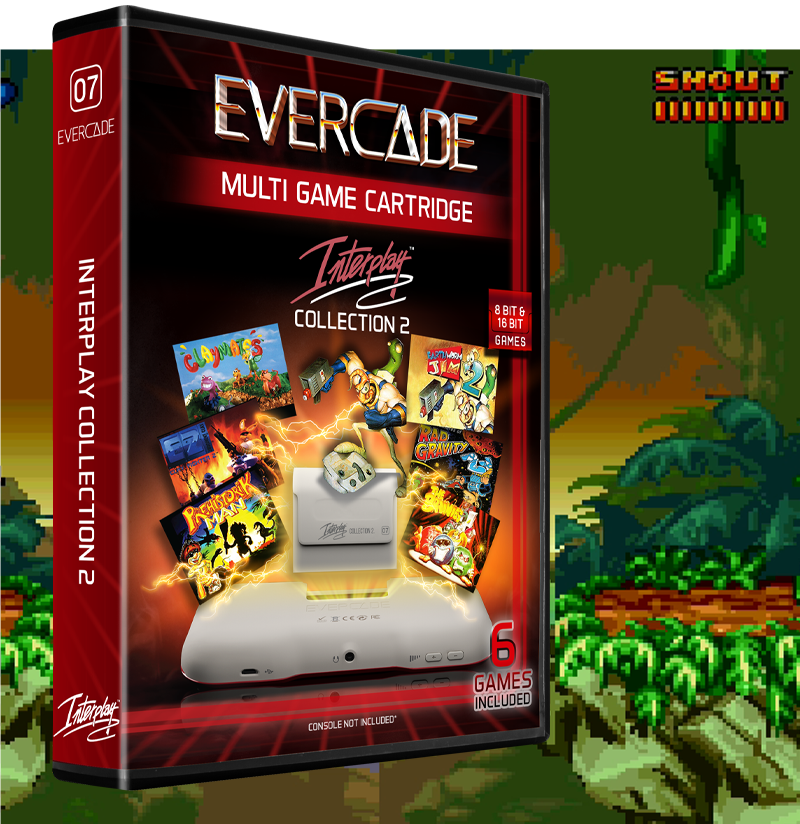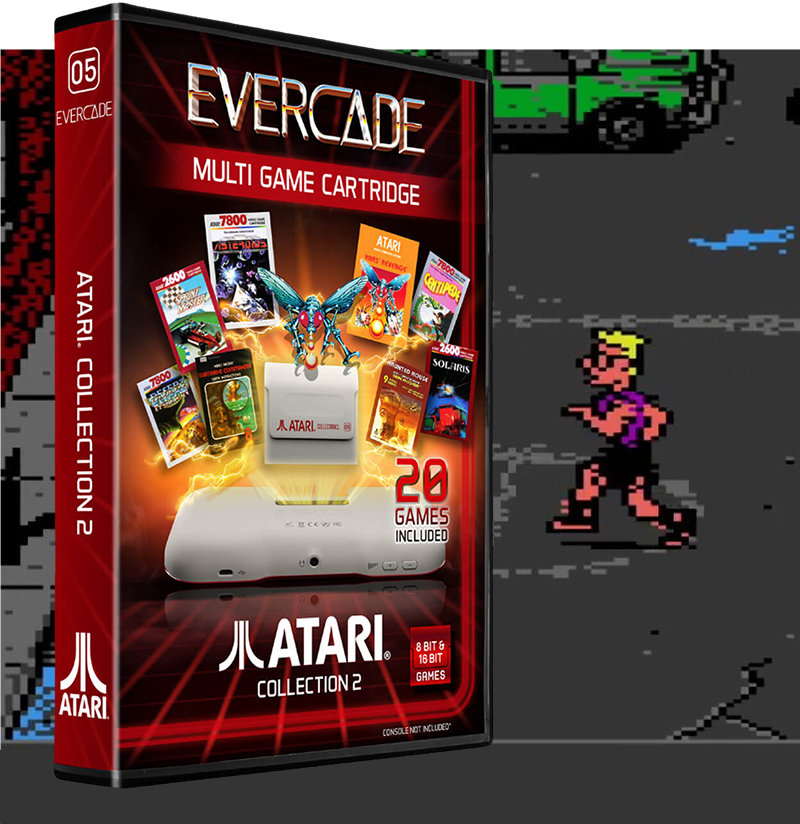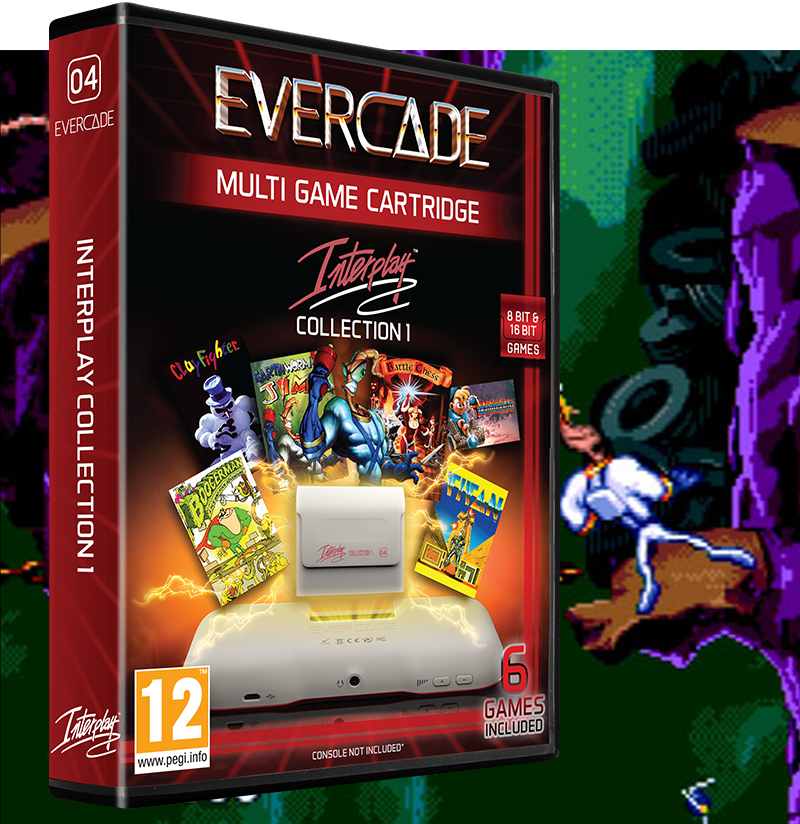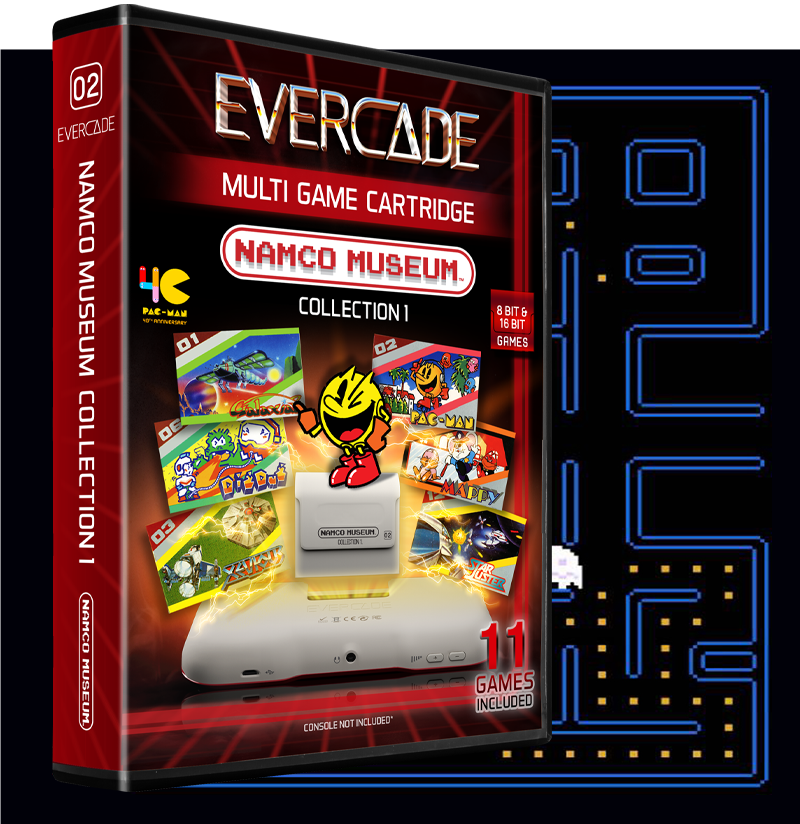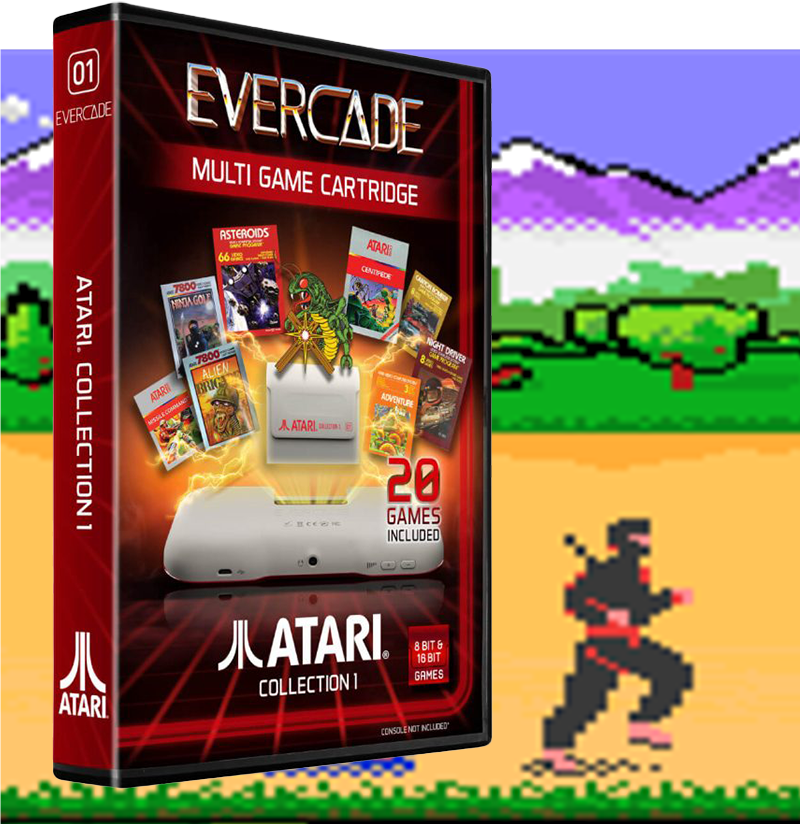
18
Jan
Evercade Game Spotlight: Street Fighter II’: Hyper Fighting (Evercade EXP)
The Evercade EXP is here, bringing with it a wealth of amazing built-in Capcom games, plus the new Irem Arcade 1 and Toaplan Arcade 1 cartridges. Lots of things to enjoy, to be sure!
For today’s Evercade Game Spotlight, we’re taking a look at one of the headline titles on the built-in Capcom Collection found on the Evercade EXP: it’s none other than the legendary Street Fighter II’: Hyper Fighting. And if you’ve been wondering, the apostrophe in the name is pronounced “dash” — at least in Japan, where the game is known as Street Fighter II’ Turbo, pronounced Street Fighter II Dash Turbo. Now you know.


The Street Fighter series is one with a long and proud history. The Street Fighter II subseries in particular not only established Capcom as a major player in the competitive fighting game space, but also helped to codify a significant number of elements of the fighting game genre as a whole.
While many of today’s fighting games are more complex than Street Fighter II, the fundamentals on which they are built are still very much based on Capcom’s classic. As such, the Street Fighter II subseries is often cited by fighting game enthusiasts as a great place to learn the basics of what can be a tricky genre to get to grips with.
Notably, Street Fighter II established the conventions of command-based special moves such as the famous “quarter circle forward” and “Dragon punch” motions, as well as a six-button control configuration, allowing players to have complete control over both the strength of their attacks and whether they were unleashing punches or kicks. Compared to the original Street Fighter, the sequel also introduced the ability to perform grab and throw attacks, as well as cancel attacks into one another by interrupting an animation before it is completed in order to perform another move.
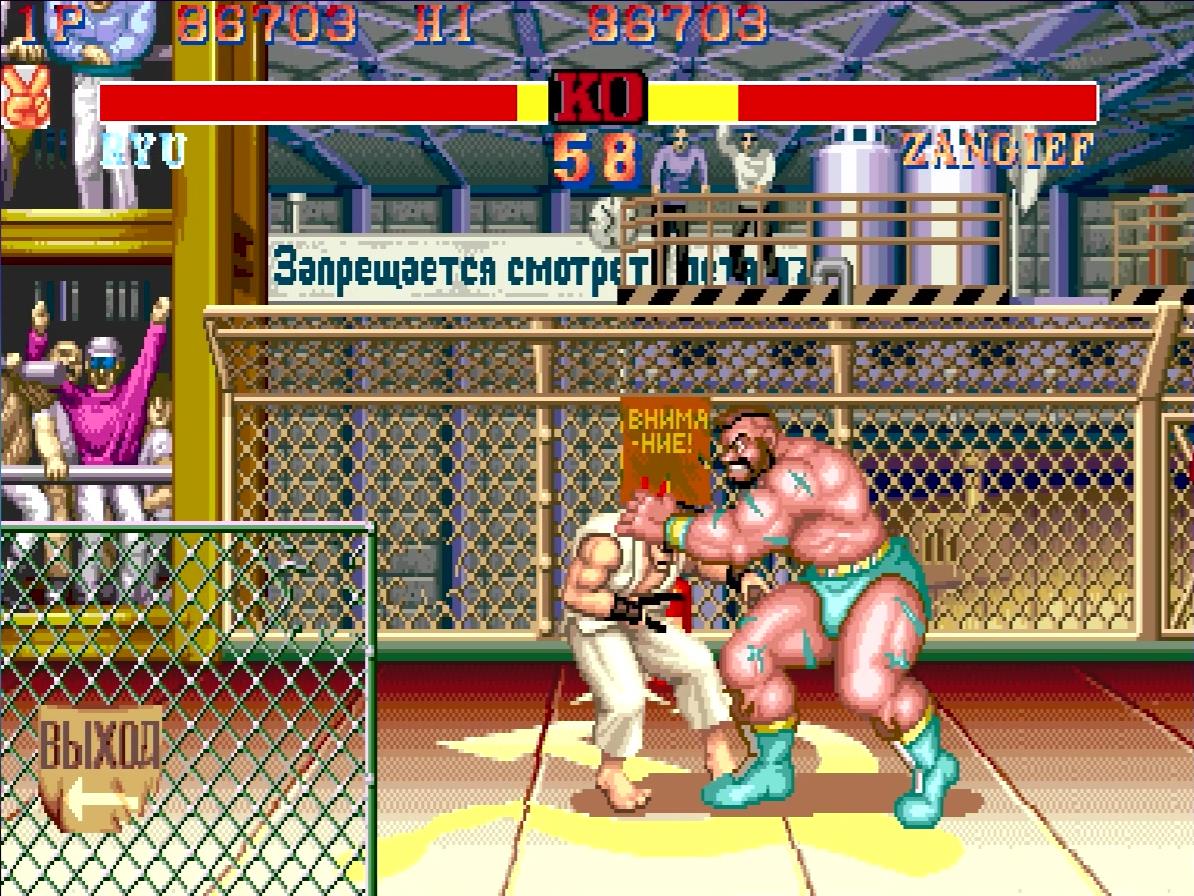

Perhaps most notably, Street Fighter II upped the playable roster of characters considerably over its predecessor, since in the first Street Fighter you could only play as Ryu and Ken. Large playable casts with distinctive movesets are a key part of the fighting game genre’s appeal to this day — and it was Street Fighter II that helped show what a big selling point a fun cast could be.
So what of Street Fighter II’: Hyper Fighting? Well, it was the third version of Street Fighter II to hit arcades. After the original release, known as The World Warrior, a second version known as Champion Edition was released, which allowed players to battle as the four “boss” characters one would encounter towards the end of the single-player game. It also allowed two players to select the same character, as well as making some behind-the-scenes balance tweaks.
Following this, Street Fighter II’: Hyper Fighting was released in December 1992, bringing with it an increase in the overall game speed and at least one additional special move for most characters, intended to help make up for characters’ perceived shortcomings. Characters also have new colour palettes compared to the original Street Fighter II; to play with their traditional old-school look instead of their new colours, press START when selecting a character rather than one of the face buttons.


Part of the reason for Street Fighter II’: Hyper Fighting‘s release is that Champion Edition had seen a number of illegally modified, unofficial bootleg versions released to arcades, and Capcom wanted to at least attempt to nip that in the bud. By releasing their own “modified” version of the game, Capcom hoped to maintain interest in the game as well as keep people playing their official cabinets rather than unlicensed hacks.
Mastering fighting games can be tough, with many people spending years mastering their favourite characters and techniques in order to compete on the competitive stage. As such, explaining how to really get good at Street Fighter II’: Hyper Fighting is probably beyond the scope of a single article, particularly as we’re no fighting game masters here at Evercade HQ — but we can at least offer a few tips to get you up and running.
The first thing to remember is that although a game like Street Fighter II’: Hyper Fighting can be daunting to get started with, the most important thing is that, at heart, this is a game intended to entertain you. If you have the most fun by simply picking the character you like the look of the best and mashing buttons in the hope of success, that’s absolutely fine. No-one can tell you that you’re playing the game “wrong” if you’re having a good time.
That said, with the fairly stiff challenge that the arcade version found on the Evercade EXP offers — we even nudged it down a couple of difficulty steps from the default! — it pays to at least familiarise yourself with a few basics. And from there, you can learn to improve, make better progress through the game on fewer credits and even attain higher scores.


One of the first things you’ll probably want to do is pick a character. Ryu is typically cited as the most beginner-friendly character to make use of, and the control inputs required for his special moves have formed the backbone of a significant number of other fighting game characters in subsequent years. In other words, if you can get the hang of Ryu, you can probably get the hang of most fighting games on the market.
That said, you shouldn’t feel constrained to Ryu if you find other characters more appealing, because they each have their own distinctive strengths and weaknesses. Chun-Li, for example, is very fast and agile, allowing her to whittle away her opponent’s life while staying out of reach. Guile is also a fairly agile character, and particularly benefits those who like to play in a defensive style. At the other end of the spectrum, Zangief is slow and lumbering, but hits like a truck.
Part of your character selection process will come down to their special moves and how confidently you can perform them. There are essentially three types of special move in Street Fighter II’: Hyper Fighting: those that require directional inputs (such as Ryu and Ken’s Hadouken fireball); those that require you to “charge” an input by holding one direction briefly then pushing the opposite direction and a button (such as Guile’s Sonic Boom and Flash Kick moves); and those that require you to hammer a button rapidly (such as E. Honda’s Hundred Hand Slap or Chun-Li’s Hyaku Retsu Kyaku)
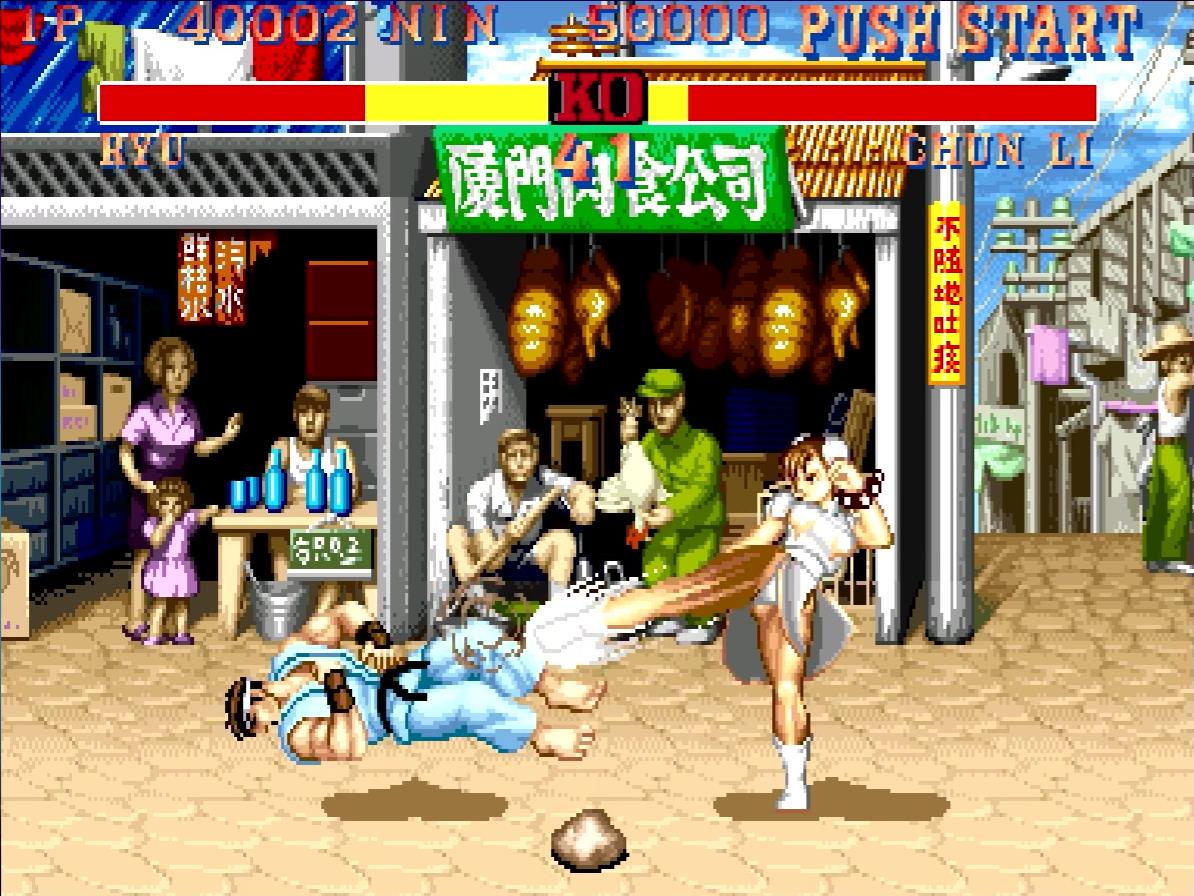

All of these have pros and cons. Directional input special moves are the ones that can be performed most quickly and consistently, but they require practice — particularly for tricky movements such as the Z-shaped “Shoryuken” motion, a common sticking point for beginners. Charge moves are easy to perform but hard to incorporate into the rhythm of combat as they require some uninterrupted time to perform. And button-mashing moves tend to be quite situational in their usefulness.
One part of fighting game play that a lot of beginners tend to neglect is defence. Don’t forget that it’s just as important to protect yourself as it is to inflict damage on your opponent. Consider how you approach your opponent carefully, and look for openings rather than going for an all-out attack. Much like in beat ’em ups, it pays to watch your opponent’s animations and strike during times they are vulnerable — such as right after they’ve whiffed a heavy attack or special move. You can also make good use of hitstun to land multiple hits on them — knock them off balance with an easy strike, then move in for a more powerful attack or throw. Projectiles can be particularly useful for this.
The initial point still stands, though: have fun. Enjoy trying out all the different characters and seeing the beautifully presented stages. Experiment to see which character matchup are easier or more difficult to deal with. And if you want to know more, there’s plenty of reading material available around the Web. You’ll be a street fightin’ champ before you know it!
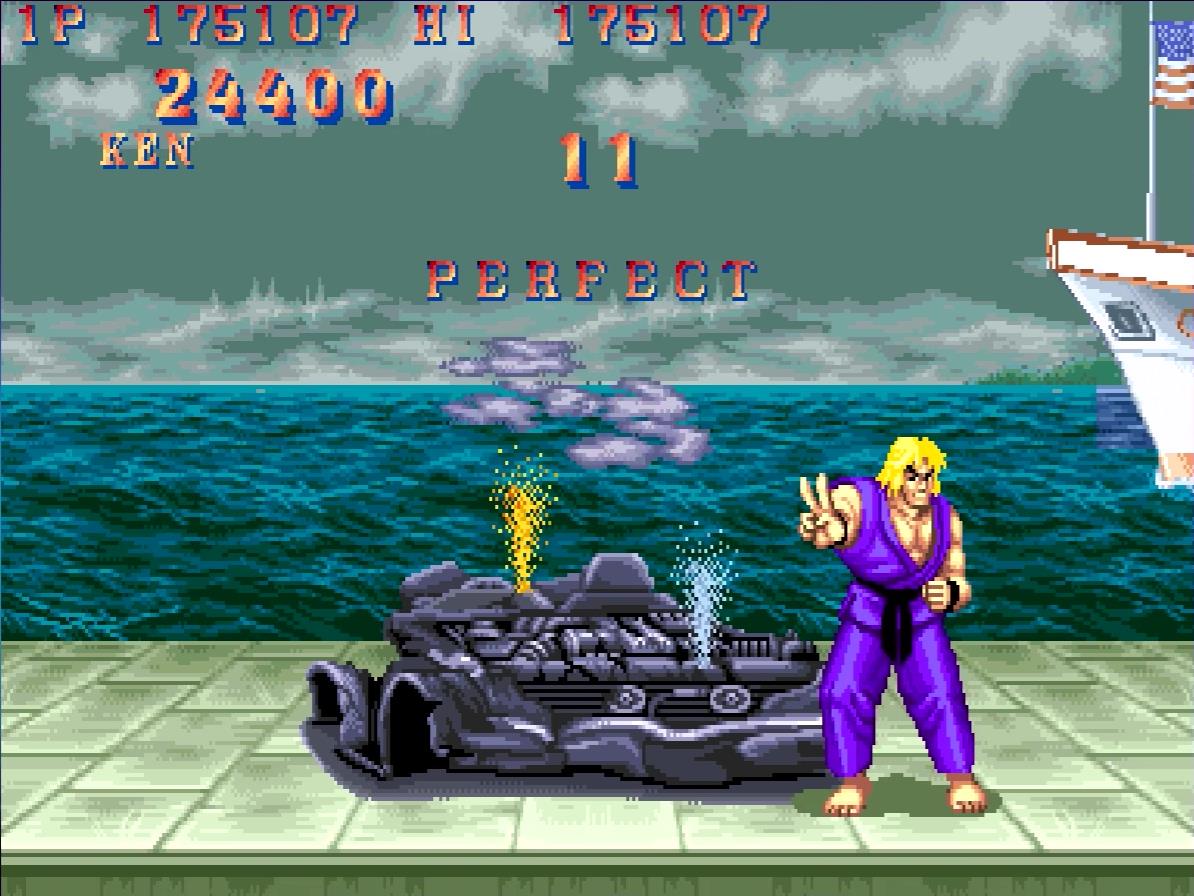

Best of luck. You’re going to need it!
